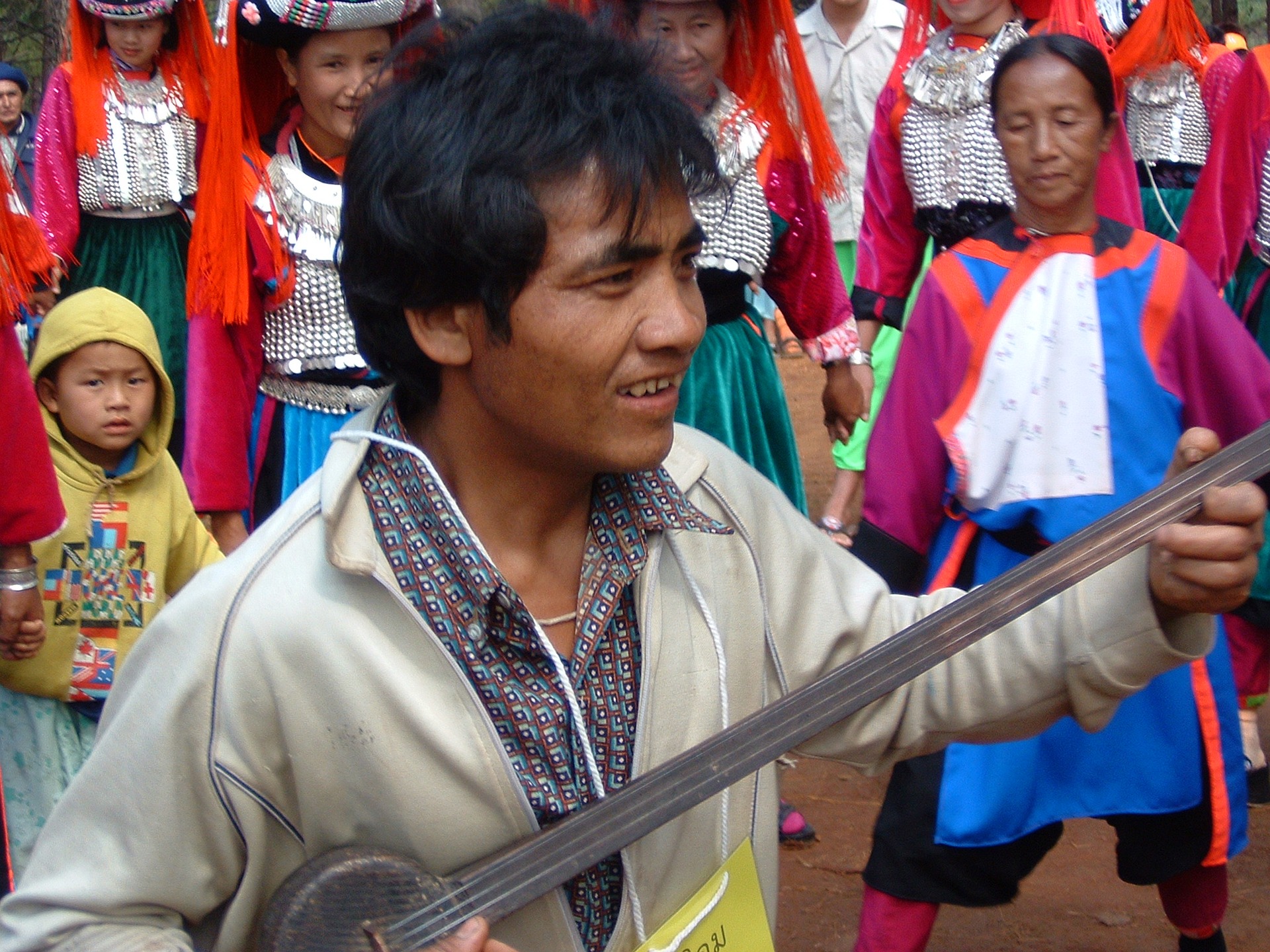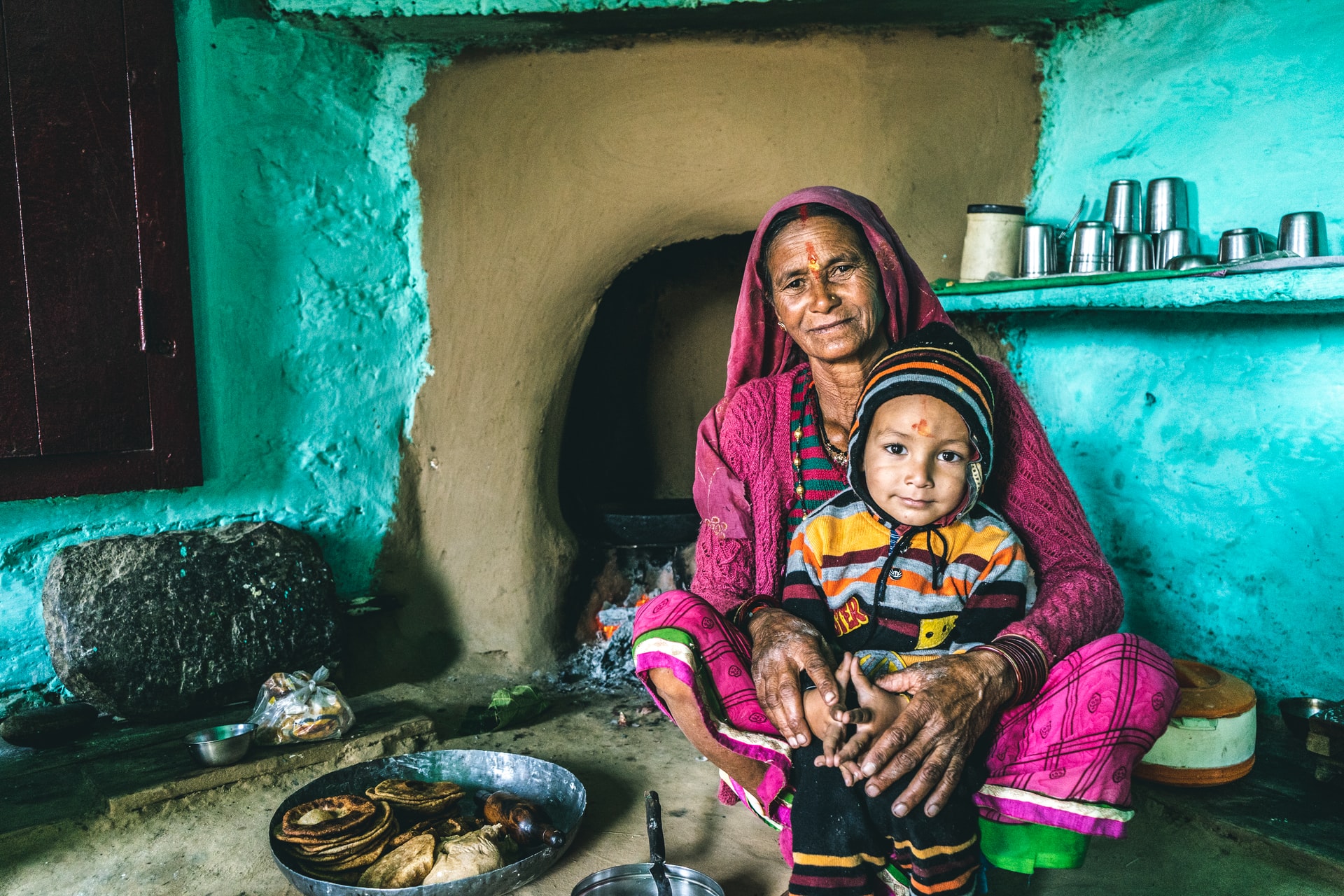Nearby North American Cultures

Quite a while before Christopher Columbus’ boats showed up in the Bahamas, a substitute get-together of people discovered America: the vagrant antecedents of present day Native Americans who moved over a “land interface” from Asia to what specifically is right now Alaska more than 12,000 years earlier. Honestly, when European swashbucklers displayed in the fifteenth century A.D., scientists check that more than 50 million people were by then living in the Americas. Of these, around 10 million lived in the space that would transform into the United States. As time elapsed, these homeless people and their family members pushed south and east, changing as they went. To screen these various social occasions, anthropologists and geographers have segregated them into “culture districts,” or cruel groupings of contacting social classes who had near normal environmental factors and characteristics. Most scientists break North America—excepting present-day Mexico—into 10 separate culture areas: the Arctic, the Subarctic, the Northeast, the Southeast, the Plains, the Southwest, the Great Basin, California, the Northwest Coast and the Plateau.
The Arctic
The Arctic culture district, a cool, level, treeless region (actually a frozen desert) near the Arctic Circle in present-day Alaska, Canada and Greenland, was home to the Inuit and the Aleut. The two social events talked, and continue talking, dialects plunged from what specialists call the Eskimo-Aleut language family. Since it’s anything but’s a hostile scene, the Arctic’s general population was close to nothing and scattered. A segment of its social classes, especially the Inuit in the northern piece of the space, were voyagers, following seals, polar bears and other game as they moved across the tundra. In the southern piece of the locale, the Aleut were to some degree more settled, living in little fishing towns along the shore.
Did you know? According to the U.S. Count Bureau, there are about 4.5 million Native Americans and Alaska Natives in the United States today. That is about 1.5 percent of the general population.
The Inuit and Aleut shared an uncommon course of action essentially. Many lived in vault formed houses made of grass or stumble (or, in the North, ice blocks). They used seal and otter skins to make warm, weatherproof dress, smoothed out dogsleds and long, open fishing boats (kayaks in Inuit; baidarkas in Aleut).
At the point when the United States purchased Alaska in 1867, decades of abuse and receptiveness to European sicknesses had caused huge harm: The nearby people had dropped to just 2,500; the family members of these survivors really make their home in the space today.
The improvement of the shroud trade the seventeenth and eighteenth many years upset the Subarctic way of life—as of now, as opposed to pursuing and gathering for asset, the Indians focused in on giving pelts to the European merchants—and in the end incited the migration and destruction of a significant parcel of the space’s nearby organizations.
The Northeast
The Northeast culture area, one of the first to have upheld contact with Europeans, reached out from present-day Canada’s Atlantic coast to North Carolina and inland to the Mississippi River valley. Its tenants were people from two essential get-togethers: Iroquoian speakers (these fused the Cayuga, Oneida, Erie, Onondaga, Seneca and Tuscarora), most of whom lived along inland streams and lakes in reinforced, politically stable towns, and the more different Algonquian speakers (these consolidated the Pequot, Fox, Shawnee, Wampanoag, Delaware and Menominee) who lived in little developing and fishing towns along the ocean. There, they created harvests like corn, beans and vegetables.
Life in the Northeast culture area was by then stacked with battle—the Iroquoian packs would overall be genuinely powerful and warlike, and gatherings and towns outside of their assembled coalitions were never shielded from their assaults—and it grew more jumbled when European colonizers appeared. Wilderness battles again and again obliged the region’s local people to support one side, pitting the Iroquois packs against their Algonquian neighbors. Meanwhile, as white settlement pressed westward, it eventually evacuated the two courses of action of Indigenous people from their properties.
The Southeast
The Southeast culture district, north of the Gulf of Mexico and south of the Northeast, was a tacky, productive green region. Countless its local people were ace farmers—they created staple harvests like maize, beans, squash, tobacco and sunflower—who facilitated their lives around minimal formal and market towns known as towns. Possibly the most conspicuous of the Southeastern Indigenous social classes are the Cherokee, Chickasaw, Choctaw, Creek and Seminole, on occasion called the Five Civilized Tribes, some of whom talked a variety of the Muskogean language.
At the point when the U.S. had won its independence from Britain, the Southeast culture district had adequately lost countless its nearby people to disease and removing. In 1830, the public authority Indian Removal Act obliged the relocation of what made due from the Five Civilized Tribes so that white travelers could have their property. Some place in the scope of 1830 and 1838, government specialists compelled very nearly 100,000 Indians out of the southern states and into “Indian Territory” (later Oklahoma) west of the Mississippi. The Cherokee considered this regularly deadly excursion the Trail of Tears.
The Subarctic
The Subarctic culture area, generally made out of mucky, piney forests (taiga) and waterlogged tundra, stretched out across a lot of inland Alaska and Canada. Analysts have divided the region’s kinfolk into two language social affairs: the Athabaskan speakers at its western end, among them the Tsattine (Beaver), Gwich’in (or Kuchin) and the Deg Xinag (beforehand—and deprecatorily—known as the Ingalik), and the Algonquian speakers at its eastern end, including the Cree, the Ojibwa and the Naskapi.
In the Subarctic, travel was inconvenient—sleds, snowshoes and lightweight kayaks were the fundamental strategies for transportation—and people was pitiful. Generally speaking, the social classes of the Subarctic didn’t shape immense unending settlements; taking everything into account, little family packs remained together as they traipsed after hordes of caribou. They lived in close to nothing, easy to-move tents and shields, and when it turned out to be too cold to even think about evening consider pursuing they hunkered into underground openings.
The Northwest Coast
The Northwest Coast culture area, along the Pacific coast from British Columbia to the most noteworthy mark of Northern California, has a delicate climate and a wealth of typical resources. In particular, the ocean and the district’s streams gave essentially the entirety of its family required—salmon, especially, yet furthermore whales, sea otters, seals and fish and shellfish, in light of everything. Along these lines, not at all like various other tracker locaters who endeavored to crush out a living and needed to follow animal gatherings starting with one spot then onto the next, the Indians of the Pacific Northwest were adequately secure to collect ceaseless towns that housed numerous people each. Those towns worked by an unyieldingly characterized social development, more current than any outside of Mexico and Central America. A person’s status was directed by his closeness to the town’s chief and upheld by the amount of resources—covers, shells and skins, kayaks and even slaves—he had accessible to him. (Product like these expected a critical part in the potlatch, a complex gift giving help proposed to guarantee these class divisions.)
Prominent social events in the area fused the Athapaskan Haida and Tlingit; the Penutian Chinook, Tsimshian and Coos; the Wakashan Kwakiutl and Nuu-chah-nulth (Nootka); and the Salishan Coast Salish.


